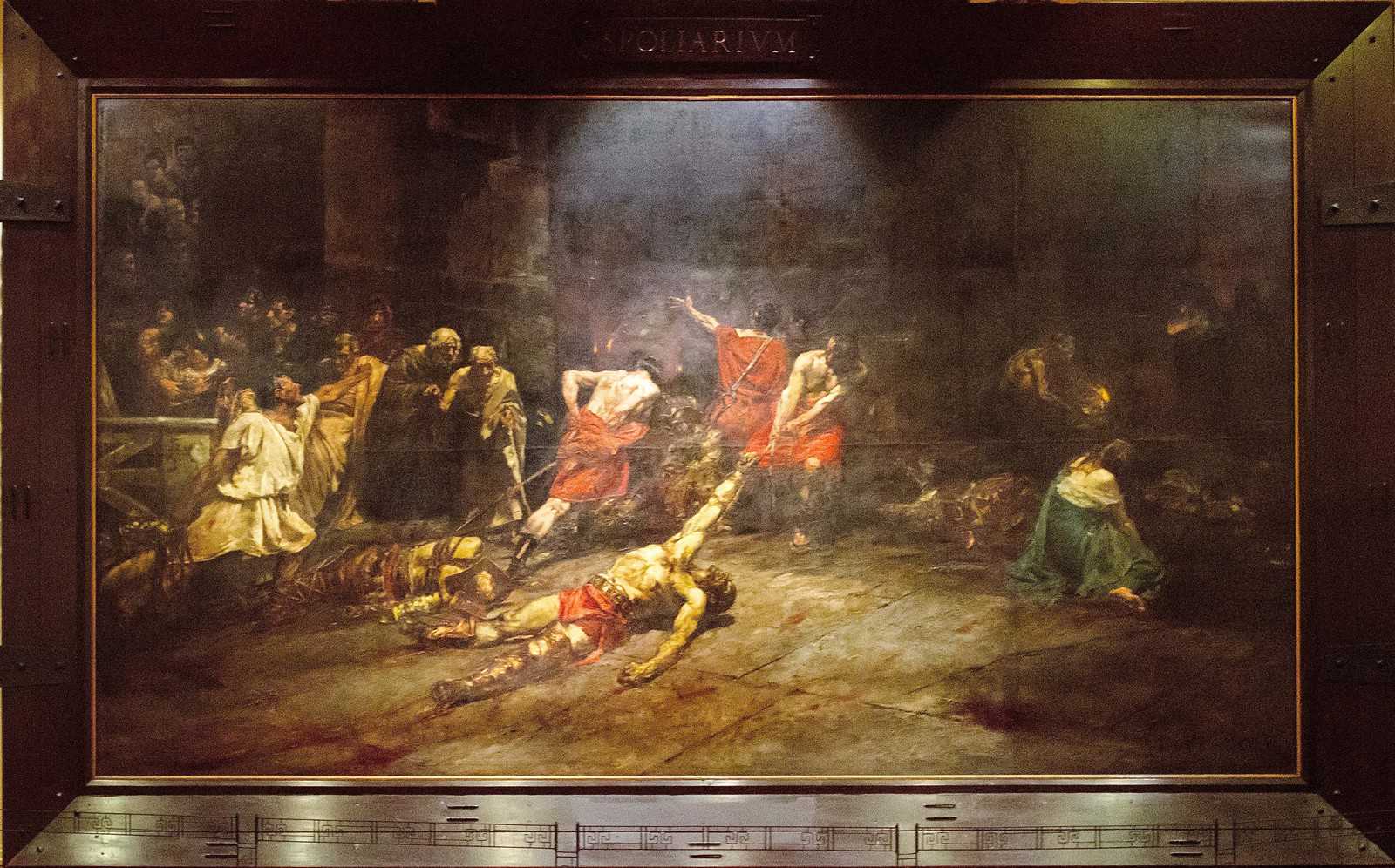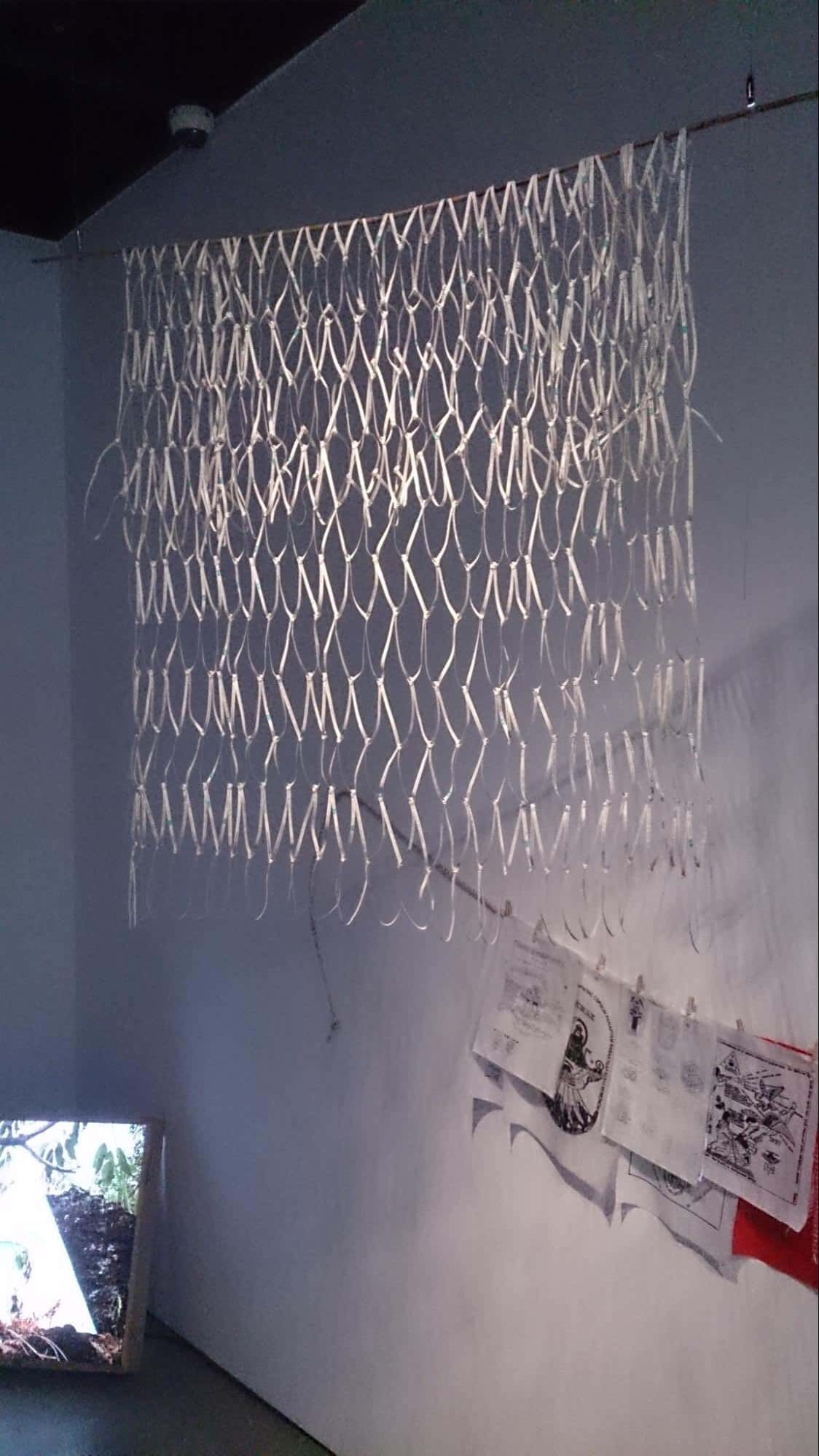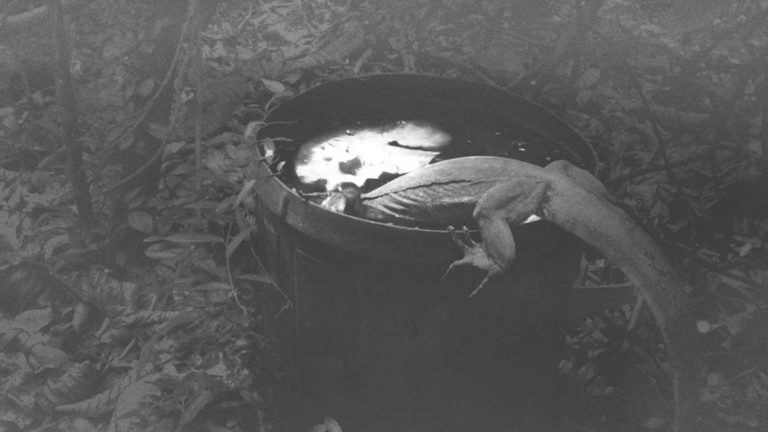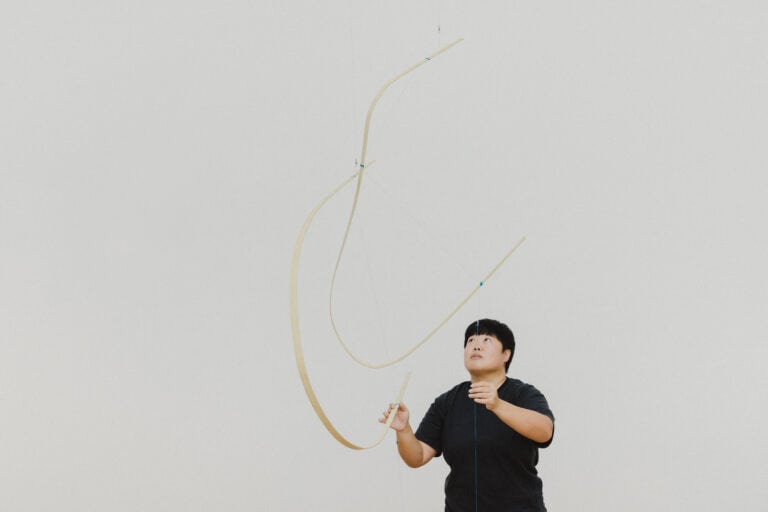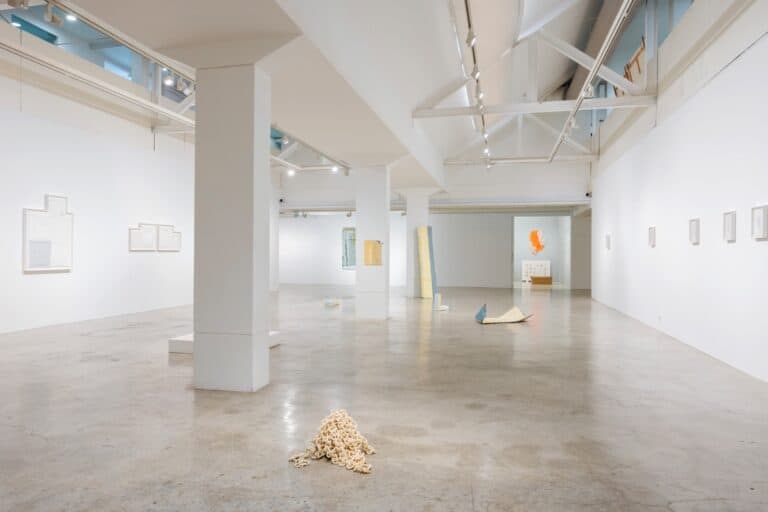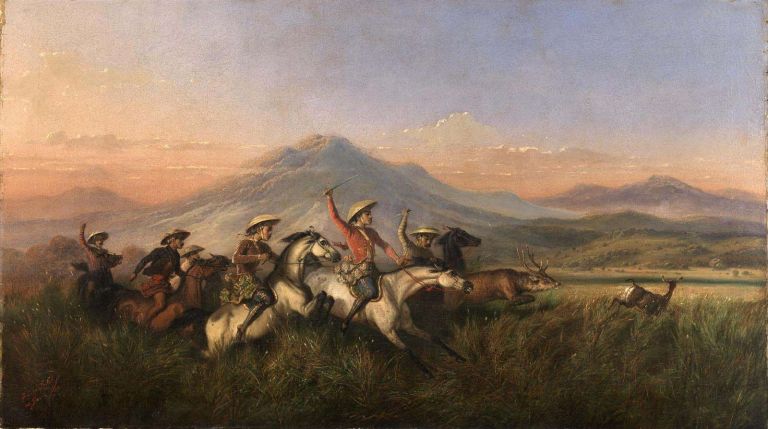In May 2014, artist Buen Calubayan flew to Bendigo, Australia for a residency in La Trobe Visual Arts Centre.
In his luggage, he packed a hammock and a handful of books, including Reynaldo Clemeña Ileto’s Pasyon and Revolution: Popular Movements in the Philippines, 1840-1910 (1979). It’s a book that’s well known for shifting the focus of historiography on Filipino revolutions from individual initiatives of the elites to the collective efforts of the masses.
What Calubayan did not know at that time was that the book would become the very material for the artwork that he would go on to create during his residency.
There, using pages from Ileto’s book, Calubayan created the installation series Pasyon and Revolution. The series consists of two hammocks and one veil and takes its name from the first three chapters of Ileto’s seminal historiography.
The first work is a hammock titled Toward a History from Below (2014), the second is a hammock titled Light and Brotherhood (2019), and the last one is a veil titled The Katipunan (2019).
One of the two hammocks Light and Brotherhood (2019) is currently part of the exhibition Flowing Light: A Group Show of Contemporary Artists at Mind Set Art Center in Taipei, Taiwan. It runs from 8 January to 23 February 2022.
Weaving narratives together
At one corner of the show, Light and Brotherhood hangs with a light placed directly overhead, casting a faint shadow of its threads as light flows through the gaps. The white circular podium where the hammock is placed further showcases the shadows of the work’s intricacies.
It is accompanied by a short video showing the meditative movements of Calubayan’s hands as he meticulously cuts the pages of these chapters into strips and glues them together to form a thread — all while keeping the text intact. In this way, Ileto’s ideas can still be read when the works are unwoven. With this gesture, Calubayan’s works of art become works of translation too as he transforms Ileto’s text into conceptual art.
Refusing to be defined by a single medium, weaving is only one aspect of Calubayan’s artistic practice. This series marks his first time working with weaving. Here, he uses the craft of weaving to bring together personal, historical, and cultural narratives to create works that challenge forms of internalized colonialism and insecurities.
Tapping into the history of the revolution
Born in Quezon Province in 1980, Calubayan developed a fascination with Mount Banahaw because of its ties to religious and revolutionary movements.
Mount Banahaw is a sacred place in the Philippines for some religious sects. One of these is the Suprema de la Iglesia del Ciudad Mystica de Dios which believes that Mount Banahaw will be the site for the second coming of Jesus. Another sect that resides in the mountain is that of the Rizalistas who believe in the divinity of Filipino reformist and nationalist José Rizal.
In addition, revolutionary movements, such as the one led by Macario Sakay to fight for the First Philippine Republic, took place on the site. Believing it would protect him from bullets, he wore a vest with religious images and Latin prayers during some of these battles.
Aside from its historical significance, exploring the mountain in 2014 also developed Calubayan’s interest in anting-anting — which he refers to in his work. Anting-anting is a collective term for amulets and fabrics with prayers and symbols inscribed on them. Sakay’s vest would be an example of anting-anting. Calubayan saw handkerchiefs with prayers on them being hung around religious sites and being peddled as souvenirs along the mountain trail, leading him to purchase one for himself.
Anting-anting became an important part of Filipino life when revolutionaries from different parts of the Philippines were igniting change and seeking to free the Philippines from Spain in the 1890s. The more revolutionary groups from the Philippines spread across the archipelago in search of freedom, the more they held onto anting-anting which they believed had mystical powers to protect them.
By including Ileto’s chapter on anting-anting in his series of works, Calubayan creates an aesthetic sensibility that doesn’t require validation by the ideals of the Western world, or import its views on definitive aspects of ‘high art.’ The anting-anting here reflect the culture of the artist’s community.
Probing Western standards of art
Calubayan clearly thinks deeply about his position as a Filipino contemporary artist trying to resist Western colonial standards of art.
In contrast to Calubayan’s focus on aesthetic expressions of the Philippines’ revolutionary history through the anting-anting, Juan Luna’s Spoliarium (1884) is a well-known work of Philippine art. It is displayed on the first floor of the National Museum of Fine Arts in Manila, Philippines. Tours start and end with Luna’s masterpiece because of the museum’s layout. The gigantic work depicts a Roman circus with bloody gladiators being dragged away from the light at the center to the dark corner at the upper right, stripped of weapons and clothing.
While the work could be seen as a critical allusion to the Spanish occupation of the Philippines, its main significance lies in it being a great source of pride in the Filipino art world. While Luna won the gold medal at the Exposición Nacional de Bellas Artes in 1884 in Madrid, Spain, Calubayan asserts that what was validated in Luna’s gold medal was not necessarily his Filipino identity, but the fact that he was trained to paint the way Europeans did.
The complexities of Filipino history are also emphasised by the fact that while ilustrados (the intellectual Indios educated abroad) like Luna were residing in Europe, revolutionaries from different parts of the Philippines worked to free the country from Spain. Calubayan’s contemporary work stands out in the primacy accorded to the Filipino identity and cultural experience and offers viewers a different — arguably more authentic — way of appreciating the country’s political struggles.
Beyond the four walls
As a contemporary artist, it is almost inevitable that Calubayan would seek validation from a system that comprises museums and galleries, biennales, awards and various other kinds of official recognition.
Calubayan seeks to view this system critically to avoid internalising colonial and Western systems of art. His use of paper in his hammock and veil works allude to these systems and how they become normalised and accepted spaces for art to exist in. For Calubayan, a real hammock provides comfort in exactly the same way that systems he is scrutinising, provide art with a comfort zone. But as much as it is comforting, lying on a woven hammock recalls the imagery of a fish being trapped in a net. A veil shares similar characteristics — it protects, but it also cloaks.
In addition, the fragility of paper alludes to the complacence of having a comfort zone: knowing that when one hypothetically lies down on this hammock or when one uses this veil as a cover, these objects that give comfort or protection could easily tear and fall apart.
Believing that art exists beyond the four walls of an institution is central to Calubayan’s artistic practice. Having no permanent workspace ever since he became an artist, the world has become his studio.
In any event, being confined within four walls is not really his thing. He reminisces about one of the times he was provided with a proper studio—“if there is really such a thing,” he added—during a 2017 residency at Nanyang Technological University Centre for Contemporary Art (NTU CCA) in Singapore. While the residency was a building block to his credibility as an artist, being separated from the rest of society felt counterproductive to him.
While Calubayan didn’t specify if he plans to create other works based on the rest of Ileto’s book, a new research project is in the pipeline.
In the meantime, Light and Brotherhood (2019) is currently part of the exhibition Flowing Light: A Group Show of Contemporary Artists at Mind Set Art Center in Taipei, Taiwan. It runs from 8 January to 23 February 2022.





